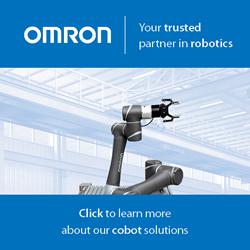New Research Brings Simulations Of Complex Objects To Real-time
Jernej Barbič and Yili Zhao of USC preseneted a paper at this years SIGGRAPH that demonstrates a method of simulating deformation of large complex objects in real-time by decomposing the mesh into several subdomains. Here is the abstract:
This paper shows a method to extend 3D nonlinear elasticity model reduction to open-loop multi-level reduced deformable structures. Given a volumetric mesh, we decompose the mesh into several subdomains, build a reduced deformable model for each domain, and connect the domains using inertia coupling. This makes model reduction deformable simulations much more versatile: localized deformations can be supported without prohibitive computational costs, parts can be re-used and precomputation times shortened. Our method does not use constraints, and can handle large domain rigid body motion in addition to large deformations, due to our derivation of the gradient and Hessian of the rotation matrix in polar decomposition. We show real-time examples with multi-level domain hierarchies and hundreds of reduced degrees of freedom.
They are also doing experiments to combine the simulation with haptic feedback to allow real-time interactions with the simulations. You can watch a video here, or visit the USC's page with the full paper here.
Comments (0)
This post does not have any comments. Be the first to leave a comment below.
Featured Product

